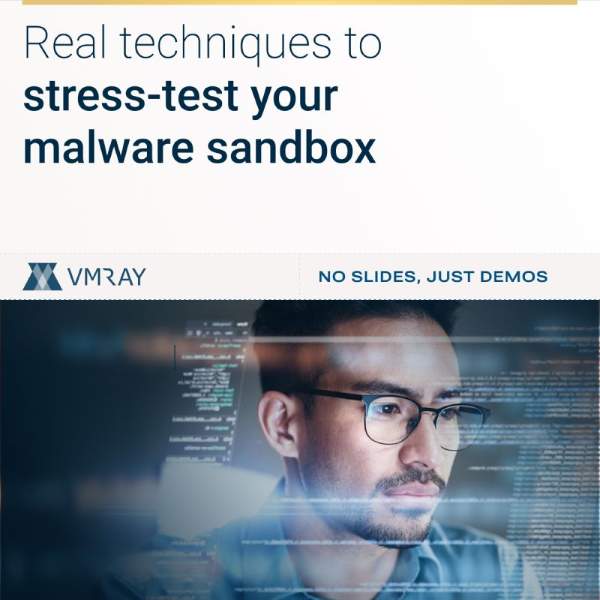Chapter 9: How do attackers use .LNK files as an attack vector?
The Rise of Shell Link Files: New threat vectors and the need for proactive Threat Hunting
As attackers adapt to Microsoft’s decision to block web-based Office macros, they have begun exploring new file formats as attack vectors. Among these, Shell Link files (.LNK files) have gained prominence. These files, commonly used as shortcuts in Windows, contain metadata that allows quick access to executable files. Unfortunately, threat actors have found ways to exploit the vulnerabilities within LNK files, incorporating malicious code that poses significant risks to unsuspecting users.
This evolving threat landscape highlights the rising need for proactive threat hunting. By actively seeking out potential threats and vulnerabilities, organizations can stay one step ahead of attackers.
Challenges faced by defenders against macro viruses
Shell Link files, once considered innocuous shortcuts, now serve as conduits for launching malicious payloads. The deceptive nature of .LNK files, with their legitimate appearance and icons mimicking existing applications, makes them particularly dangerous. It is crucial for security teams to proactively analyze and detect these evolving attack techniques before they cause harm.
To fully understand the implications of this emerging threat, it is essential to delve into the background of Shell Link files. These binary file formats hold information used to access other data objects, acting as shortcuts to local files in Windows. They provide convenient access to applications without navigating through their full paths. Shell Link files store metadata about the target application, including the original path and references to support various launching and linking scenarios.
While LNK files are widely used for legitimate purposes, threat actors have skillfully concealed malicious code within them. By exploiting vulnerabilities, they can execute malicious payloads on target machines. For instance, the incorporation of a malicious PowerShell code poses a significant risk, allowing threat actors to execute payloads undetected, compromising the security of systems and networks.
The rise of Shell Link files as a popular attack vector underscores the critical importance of threat hunting. It is no longer sufficient to rely solely on reactive security measures. Organizations must adopt a proactive approach to identify and neutralize emerging threats. By leveraging advanced threat analysis techniques, including the deep analysis of Shell Link files, organizations can stay ahead of the evolving threat landscape and protect their systems and data from sophisticated attacks.
On the final chapter of this course, we will provide a comprehensive step-by-step deep analysis of a real-world malicious sample that utilizes an .LNK file as the attack vector. By examining this practical case, participants will gain valuable insights into the inner workings of such attacks and learn effective strategies to detect, analyze, and mitigate threats involving Shell Link files.


